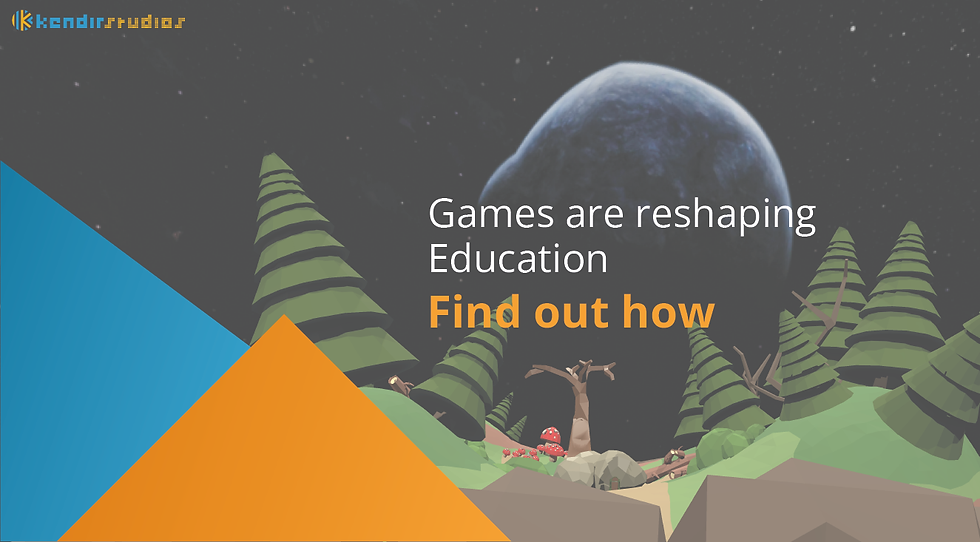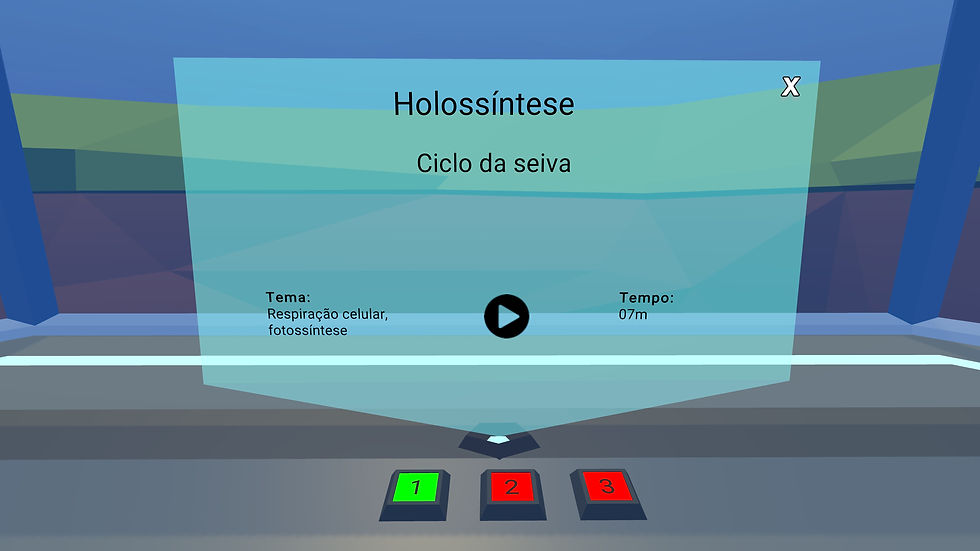As educational digital games find their place within students' learning journeys, a notable shift in education as we know it becomes evident. This novel approach to teaching has been showcasing its effectiveness, leading to proven advantages. But what exactly is so groundbreaking about this digital transition?

What are Educational Games?
Educational games are playful materials in the form of applications designed specifically for teaching and promoting learning. Games can encompass various formats, such as digital games, mobile applications, and even board games. The essential factor for the success of these games has been their ability to combine gaming elements, such as challenges and rewards, with educational objectives.
How are games changing Education?
1. Powerful impact on learning
Games have the power to make any learning experience more stimulating. When used as teaching aids, they transform difficult concepts into engaging challenges, creating a relaxed environment for students that encourages problem-solving and interaction in a unique way. This is especially beneficial in the classroom, where games can captivate students through their dynamism.
Games can maintain students' interest more consistently, resulting in increased participation, which, in turn, promotes a much deeper understanding of the content being covered. Through the challenges presented, students are encouraged to apply critical and creative thinking to overcome obstacles. In this process, students develop skills that are transferable to real-life situations.
2. Personalized student-centric teaching
Educational games are adaptable to each student's individual needs. Through varying difficulty levels, students have the ability to approach learning at their own pace, whether it's easier or more challenging. This allows each student to progress in a way that, in the end, fulfills the Essential Learning Objectives.

By allowing students to choose between simpler or more complex challenges, the pressure for students to follow a predetermined pace can be eliminated. Instead, students can focus on mastering concepts before advancing to more demanding challenges. In this way, everyone has the opportunity to achieve the same mastery of the subject, regardless of their unique learning rhythms.
Personalized teaching benefits not only students but also teachers. In this context, educators can leverage information from student interactions with the games to assess individual progress and identify areas that require additional attention. This enables teachers to adjust their approaches according to the specific needs of each student, ensuring that no one is left behind.
3. Stimulation of social and emotional intelligence
In addition to providing students with academic content, games can also contribute to the development of social, emotional, and cognitive competencies. Games that include collaboration, decision-making, and conflict resolution enhance students' interpersonal abilities. Furthermore, the introduction of competitive elements, such as leaderboards, encourages students to push their own limits and strive constantly, thus stimulating their motivation and other important capacities. Competition can also teach them to handle victory and defeat in a balanced manner.

By emphasizing collaboration, video games encourage students to work together as a team to achieve common goals. By facing problems that require cooperation, students learn to communicate effectively, listen to others' opinions, and combine their individual abilities to achieve positive outcomes.
4. Classes become more appealing
Game-Based Learning (GBL) has the ability to make education more appealing. The introduction of competitive elements and the possibility of achieving high scores create a dynamic and stimulating environment. Healthy competition, as well as the pursuit of achievements and rewards, fuels the desire to progress and achieve all objectives, generating a sense of enthusiasm that is often difficult to attain through traditional teaching methods.

The immersive world of games promotes an emotional connection with the content. As students explore narratives and interact with game elements, they experience emotions that directly impact learning. These emotions, whether positive or negative, have the ability to reinforce information assimilation, knowledge retention, and motivation to learn.
Educational games are changing how students learn, transforming education into a more practical, personalized, and interactive concept. By promoting personalized teaching, these tools are opening doors to a more dynamic educational future, capable of further motivating students to explore and acquire knowledge in a enjoyable manner.
Sources:
Annetta, L. A. (2008). Video games in education: Why they should be used and how they are being used. Theory into practice, 47(3), 229-239.
Hamari, J., Koivisto, J., & Sarsa, H. (2014). Does gamification work?--a literature review of empirical studies on gamification. In 2014 47th Hawaii international conference on system sciences (pp. 3025-3034). IEEE.
Tavares, P. S. (2016, April 10). Jogos digitais são cada vez mais usados nas escolas. Diário de Notícias. Accessed on August 9, 2023, in: https://www.dn.pt/portugal/ministerio-poe-alunos-a-aprender-com-videojogos-5119713.html.